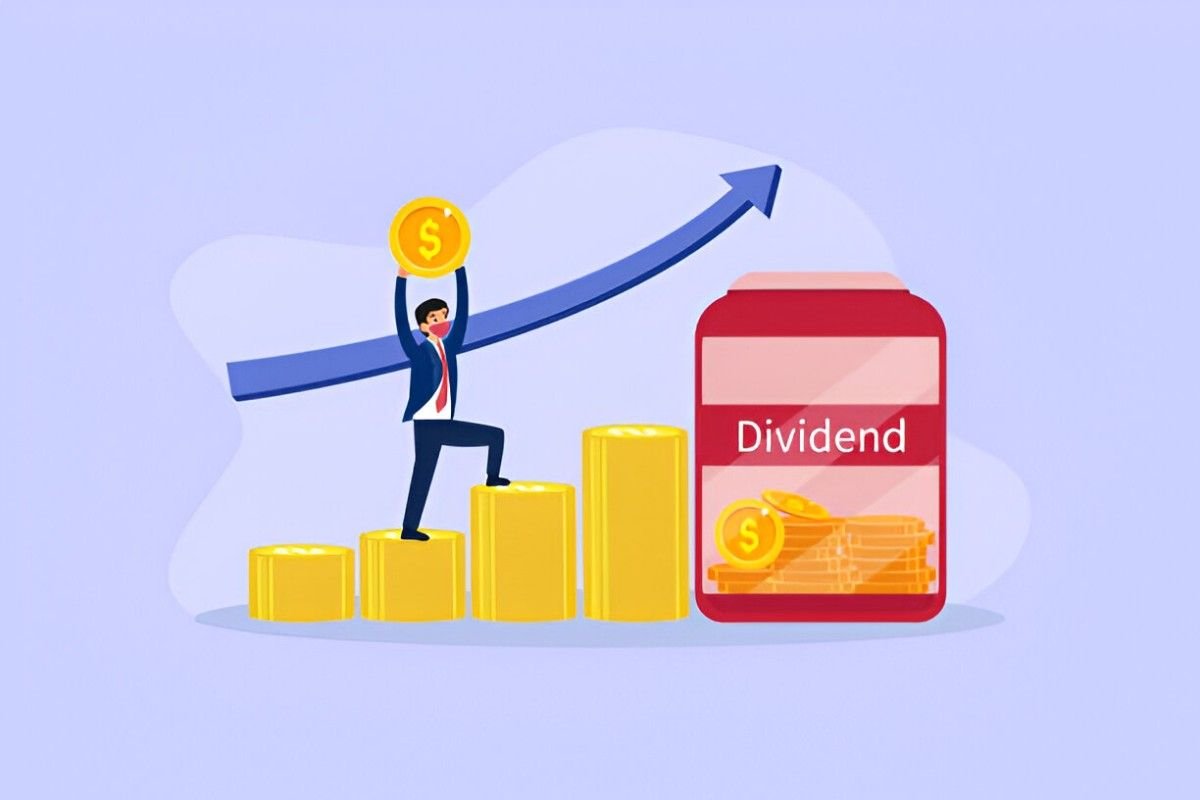As a finance expert, I often get asked about the best ways to generate passive income through investments. Dividend-paying mutual funds remain one of the most reliable options for investors seeking steady cash flow without sacrificing long-term growth. In this guide, I’ll break down the 10 best dividend-paying mutual funds available today, analyzing their performance, risk factors, and suitability for different investor profiles.
Table of Contents
Why Dividend-Paying Mutual Funds?
Dividend mutual funds invest in stocks or bonds that distribute regular dividends. These funds appeal to retirees, income-focused investors, and those looking for compounding opportunities. The key advantage is dual returns: dividend income plus potential capital appreciation.
The total return (TR) of a dividend fund can be expressed as:
TR = \frac{D}{P} + gWhere:
- D = Annual dividend per share
- P = Price per share
- g = Capital gains growth rate
For example, if a fund pays $2 in dividends per share, trades at $50, and grows at 5% annually, the total return is:
TR = \frac{2}{50} + 0.05 = 0.09 \text{ or } 9\%Criteria for Selecting the Best Dividend Mutual Funds
I evaluated funds based on:
- Dividend Yield – Annual dividend income relative to share price.
- Expense Ratio – Lower fees mean higher net returns.
- Historical Performance – Consistency in market downturns.
- Portfolio Diversification – Exposure to multiple sectors.
- Dividend Growth – Track record of increasing payouts.
The 10 Best Dividend-Paying Mutual Funds
1. Vanguard Dividend Growth Fund (VDIGX)
- Dividend Yield: 1.8%
- Expense Ratio: 0.30%
- Top Holdings: Microsoft, Johnson & Johnson, Procter & Gamble
This fund focuses on companies with a history of increasing dividends. It’s ideal for investors who prioritize dividend growth over high current yields.
2. Fidelity Equity-Income Fund (FEQIX)
- Dividend Yield: 2.2%
- Expense Ratio: 0.66%
- Top Holdings: JPMorgan Chase, Verizon, Pfizer
A balanced fund with a mix of high-yield and dividend-growth stocks, making it suitable for moderate-risk investors.
3. Schwab Dividend Equity Fund (SWDSX)
- Dividend Yield: 2.5%
- Expense Ratio: 0.89%
- Top Holdings: Exxon Mobil, Chevron, Coca-Cola
This fund tracks the Dow Jones U.S. Dividend 100 Index, offering broad exposure to high-quality dividend payers.
4. T. Rowe Price Dividend Growth Fund (PRDGX)
- Dividend Yield: 1.5%
- Expense Ratio: 0.64%
- Top Holdings: UnitedHealth, Visa, Mastercard
A low-volatility fund with strong dividend growth potential, best for long-term investors.
5. American Funds Income Fund of America (AMECX)
- Dividend Yield: 2.8%
- Expense Ratio: 0.56%
- Top Holdings: Broadcom, Philip Morris, Comcast
This fund blends dividend stocks and bonds, making it a solid choice for conservative investors.
6. iShares Select Dividend ETF (DVY)
- Dividend Yield: 3.4%
- Expense Ratio: 0.39%
- Top Holdings: Altria, IBM, AT&T
While technically an ETF, DVY is a high-yield option for income seekers.
7. Vanguard High Dividend Yield Index Fund (VHYAX)
- Dividend Yield: 3.1%
- Expense Ratio: 0.08%
- Top Holdings: JPMorgan, Home Depot, Bank of America
One of the lowest-cost high-dividend funds available.
8. Franklin Rising Dividends Fund (FRDPX)
- Dividend Yield: 1.7%
- Expense Ratio: 0.84%
- Top Holdings: Medtronic, Air Products, Ecolab
Targets companies with a proven track record of raising dividends.
9. BlackRock Equity Dividend Fund (MDDVX)
- Dividend Yield: 2.3%
- Expense Ratio: 0.99%
- Top Holdings: Merck, Pfizer, Citigroup
A value-oriented fund with a focus on stable blue-chip stocks.
10. ProShares S&P 500 Dividend Aristocrats ETF (NOBL)
- Dividend Yield: 2.0%
- Expense Ratio: 0.35%
- Top Holdings: AbbVie, Walmart, Target
Invests exclusively in S&P 500 companies that have increased dividends for at least 25 consecutive years.
Comparison Table: Key Metrics
| Fund Name | Dividend Yield | Expense Ratio | Risk Level | Best For |
|---|---|---|---|---|
| VDIGX | 1.8% | 0.30% | Low | Dividend Growth |
| FEQIX | 2.2% | 0.66% | Medium | Balanced Income |
| SWDSX | 2.5% | 0.89% | Medium | High Yield |
| PRDGX | 1.5% | 0.64% | Low | Long-Term Growth |
| AMECX | 2.8% | 0.56% | Medium | Conservative Investors |
| DVY | 3.4% | 0.39% | High | Maximum Income |
| VHYAX | 3.1% | 0.08% | Medium | Cost-Conscious Investors |
| FRDPX | 1.7% | 0.84% | Low | Steady Growth |
| MDDVX | 2.3% | 0.99% | Medium | Value Investors |
| NOBL | 2.0% | 0.35% | Low | Reliable Aristocrats |
Tax Considerations for Dividend Funds
Dividends are taxed in two ways:
- Qualified Dividends – Taxed at long-term capital gains rates (0%, 15%, or 20%).
- Non-Qualified Dividends – Taxed as ordinary income (up to 37%).
Most U.S.-based dividend funds primarily distribute qualified dividends, but check the fund’s tax documents.
Reinvesting Dividends vs. Taking Cash
The power of dividend reinvestment (DRIP) can significantly boost returns over time. The future value (FV) of reinvested dividends is calculated as:
FV = P \times (1 + \frac{r}{n})^{n \times t}Where:
- P = Initial investment
- r = Annual dividend yield
- n = Number of compounding periods per year
- t = Time in years
For example, a $10,000 investment in a fund with a 3% yield, reinvested annually over 20 years, grows to:
FV = 10000 \times (1 + 0.03)^{20} = \$18,061Final Thoughts
Choosing the right dividend mutual fund depends on your income needs, risk tolerance, and investment horizon. If you prioritize stability, funds like VDIGX or NOBL are excellent. If high yield is your goal, VHYAX or DVY may be better.
I recommend diversifying across 2-3 funds to balance yield and growth. Always review the fund’s prospectus and consult a financial advisor if needed.





